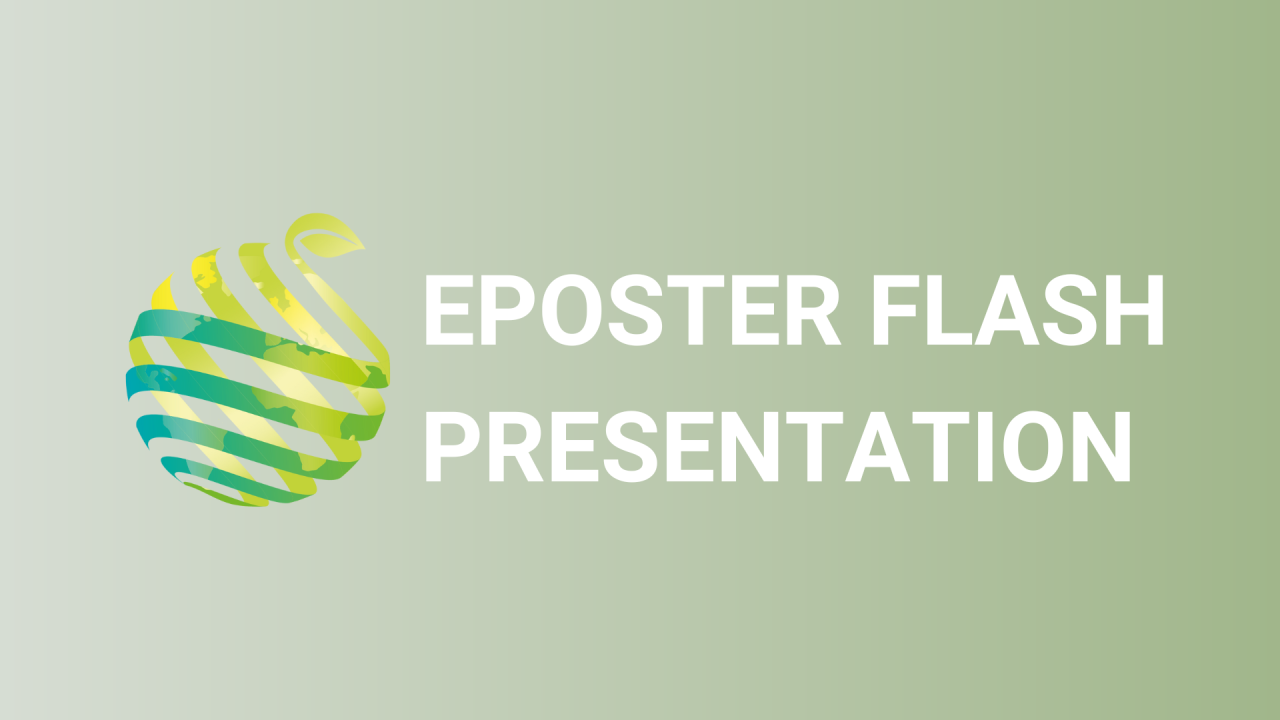

S11 - Session P5 - Effect of UV-B treatment on yield and quality of basil (Ocimum basilicum)
Information
Authors: Giacomo Cocetta, Viviana Cavallaro, Piero Santoro, Jacopo Mori, Antonio Ferrante *
Basil is an aromatic plant widely cultivated in the Mediterranean regions and appreciated for its sensory properties, which are due to secondary metabolites. Owing to environmental conditions, plants can be subjected to abiotic stresses induced by different factors, including light. The UV light is responsible for damages at cellular level and for triggering a burst in the production and accumulation of reactive oxygen species. Nevertheless, UV treatments can be applied under controlled conditions to improve yield, quality and to promote the accumulation of heal-related secondary metabolites. In the present study UV-B treatments were administered to basil plants during cultivation and their effects was studied in vivo , at harvest as well as during storage. Plants were grown in an experimental greenhouse under controlled conditions and treatments were applied during the night using a cabinet, equipped with a UV-B lamp (λ313 nm) and an aluminium reflector realized with vegaUV, a PVD surface specifically developed to optimize the reflectance in the UV bandwidth. UV-B treatments were performed weekly, starting from three weeks before harvesting. Two different doses of UV were tested (43 KJ/m² and 86 KJ/m²). At harvest leave samples were collected for analytical determinations, while the remaining part of the plants were packed into plastic bags and stored at 6 °C for up to 9 days. Samples were collected after 3, 6 and 9 days of cold storage. Analysis included the non-destructive determination of flavonoids and chlorophyll and chlorophyll- a fluorescence parameters. Laboratory evaluations included yield, weigh loss (during storage), nitrate, sugars, carotenoids, anthocyanins, and phenolic content. Preliminary results indicates that UV-B treatments positively affected the biomass production, limited the weight losses, and induced a positive response considering some chlorophyll fluorescence-related indexes. It is possible to conclude that UV-B treatments can be successfully applied to improve the quality and yield of basil.